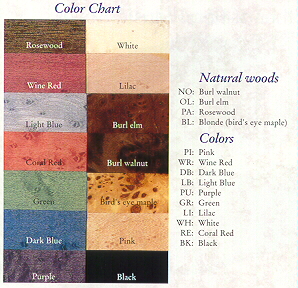- Shop by:
- Department
- Accessories for the Musician
- Apparel
- Art Inspired by Music
- Childrens Gifts
- Christmas Ornaments and Bells
- Clocks
- Construction Kits
- Gifts - All Musical
- Gifts for Guitarists
- Gifts for Pianists
- Gifts for Saxophonists
- Gifts for Violinists
- Home and Garden
- Jewelry
- Karaoke and Recordings
- Mens Gifts
- Music Boxes
- Percussion
- Puzzles
- Sculptures
- Stay Safe - Masks & Sanitizer
- Watches
- Whistles
- Wind Chimes
- Occasion
- Manufacturer
- Acme Whistles
- Argent Creations
- Arte Felgurez
- Basic Spirit
- Bohme
- Cuddle Barn
- Enchantmints
- Ercolano
- Flights of Fancy
- Fridolin Maneville Musique (Hand Cranks)
- Gund
- House of Troy Music Lamps
- Karen Rossi
- Kingspoint Designs
- Kurt S. Adler
- M Cornell
- Mele and Company
- Menus and Music
- Mollard
- Mr Christmas
- Orpheus / Sankyo
- Porter Music Box Co, Inc.
- Porter Music Box CDs
- Reuge
- Rhythm Clocks
- Sadie Green Jewerly
- San Francisco Music Boxes
- Snowbabies by Enesco Dept 56
- Stadium Music Boxes
- Stained Glass Designs
- Timberkits
- Tolo Toys
- Unemployed Philosophers
- Unicorn Studio
- Vessel Jewelry
- Woodstock Chimes
- Yamada by Lefton
- Price
- Service
- Blog


